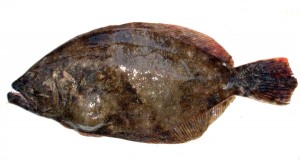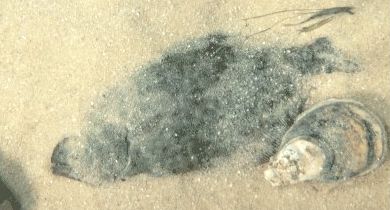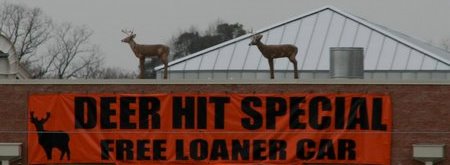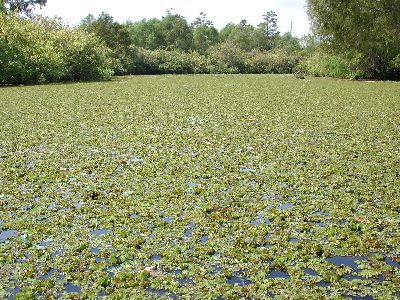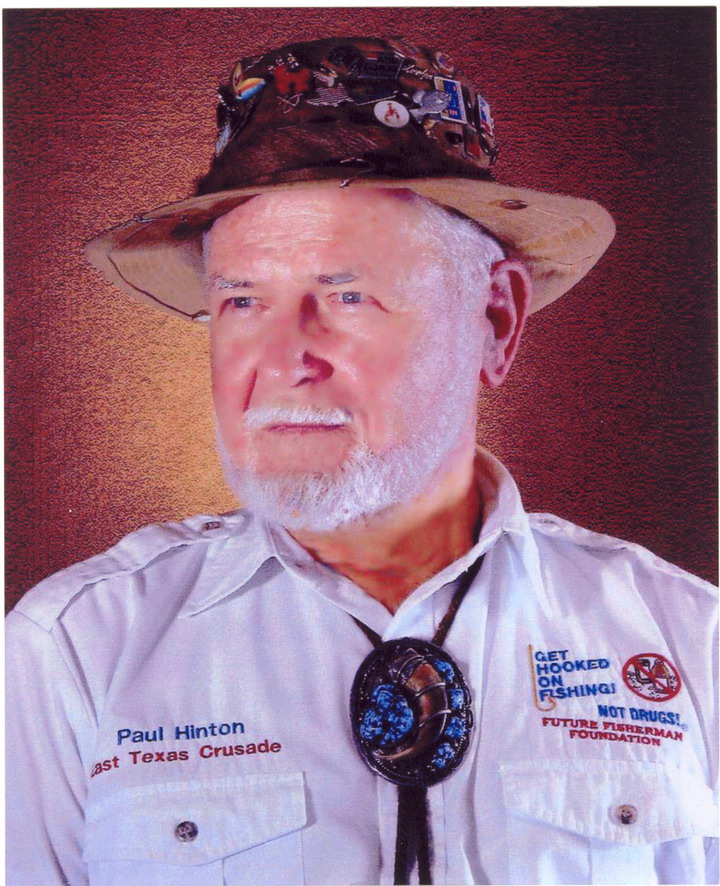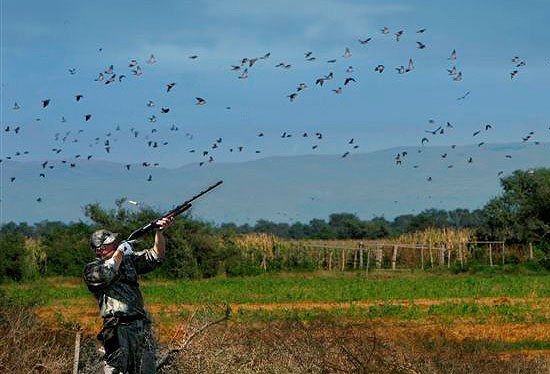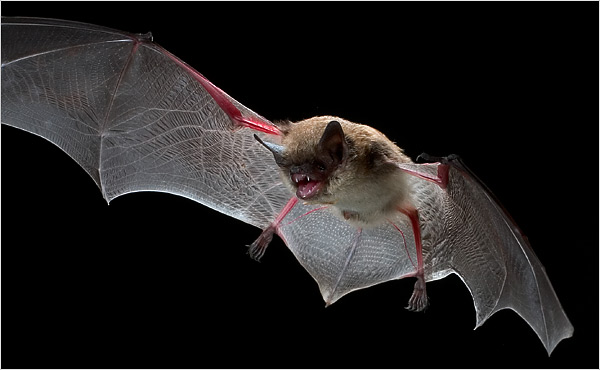The wildlife exemption is the most misunderstood valuation in Texas. First, it really is a valuation, or the rate at which a property is taxed. Many county appraisal districts do not realize the intention of the wildlife exemption or wildlife valuation or whatever you want to call it. No matter how you slice it, the widlife exemption is all about protecting and enhancing wildlife habitat in Texas.
One of the main goals of the wildlife exemption legislation is to protect animals that are native to Texas. This is a key component in converting land that from an ag exemption (1-d-1) to a wildlife exemption. Land may qualify for wildlife management use if it is instrumental in supporting a sustaining breeding, migrating or wintering population. A group of animals need not permanently reside on the land, provided they regularly migrate across the land or seasonally live there. Continue reading The Wildlife Exemption and Management
